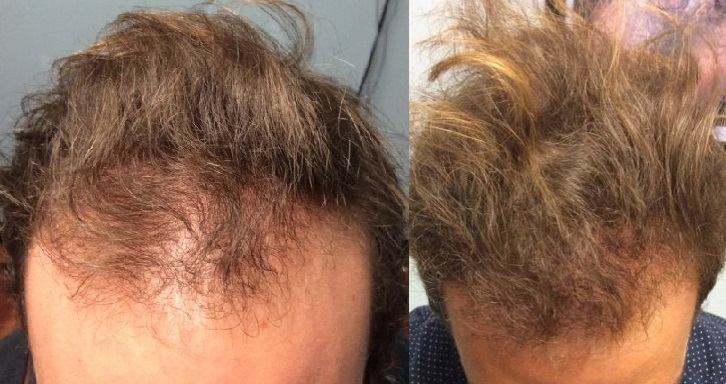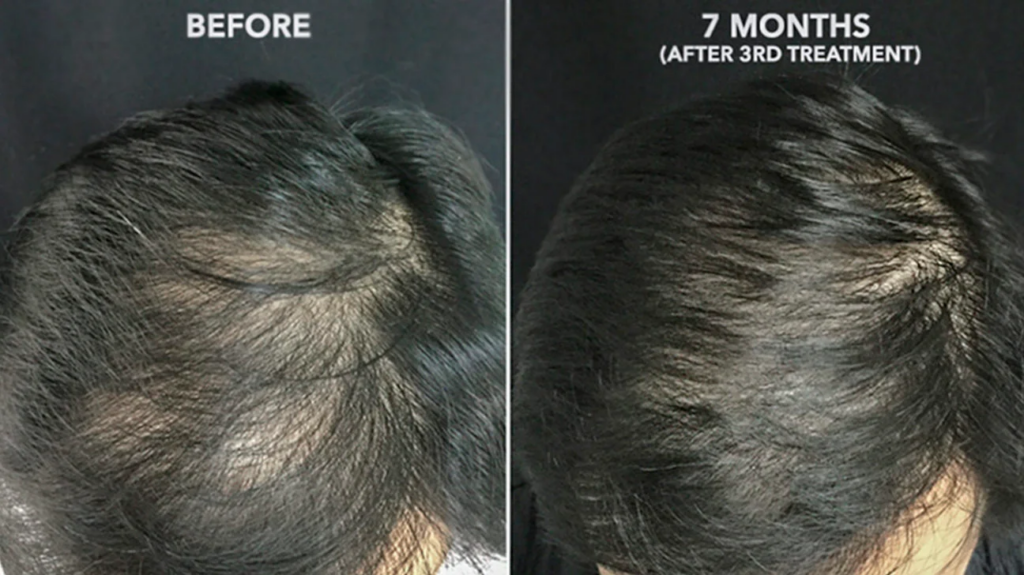The field of regenerative medicine is going through an exciting time of growth. Regenerative therapies strive to support your body’s natural healing processes rather than directly treat illnesses and conditions. This leads to natural pain alleviation and quicker, more effective system restoration.
Prolotherapy, short for proliferative treatment, is a procedure used to administer two such regenerative strategies: stem cell therapy and platelet-rich plasma (PRP) therapy. Prolotherapy does not have a single standard formulation. PRP, stem cells, and other materials that might encourage quicker tissue regeneration and repair may be included.
PRP Therapy
Concentrated platelets and serum are combined to create platelet rich plasma, or PRP. Growth factors, which are abundant in platelets, help repair injuries by forming a clot. In order to halt the bleeding and release growth factors in the wounded region, the body produces a blood clot, which initiates a local repair reaction. In order to maintain blood flow to the region after an injury, the blood clot releases growth factors at certain intervals, attracting stem cells and forming new blood vessels.
PRP involves drawing your own blood and concentrating the platelets—typically three to five times their normal concentration—in a specialized centrifuge. In order to boost growth factors and the healing response, the platelets are reinjected into the treated region. PRP is perfect for damaged or wounded regions that either recover naturally or require a little more aid to get the healing process going.
Stem Cell Therapy

PRP therapy is less sophisticated than stem cell therapy. PRP therapy helps the wounded region recover by bringing in growth factors. In addition to starting the body’s healing reaction, which is what PRP does, stem cell therapy also increases stem cell activity for regeneration.
Our bodies naturally contain stem cells, which play a crucial role in the healing process. Any tissue that the body requires may be created from stem cells. The body allows for spontaneous healing and repair by using stem cells to replace damaged or injured cells. Within a month, the majority of patients report pain reduction and a notable recovery of sick or injured tissues.
This painless process takes only a few minutes to finish. In stem cell therapy, the collected blood is sent to a laboratory for concentration and purification, whereas platelets are simply concentrated in a centrifuge in PRP.
PRP is useful for reviving the body’s natural healing process for injured or trapped tissue. Stem cell therapy has the amazing capacity to rebuild damaged tissues in addition to starting the body’s healing response. Within a month, the majority of patients see full recovery of their torn or damaged cartilage, ligaments, tendons, and joints.
Both PRP therapy and stem cell therapy help patients avoid surgery, along with the problems and recovery time that come with it. Both treatments have been shown to be risk-free and to have no known adverse effects.
Choosing between stem cell therapy and PRP
PRP and stem cell treatment are frequently combined on the theory that they complement one another. Although medical research still doesn’t completely understand the underlying mechanics of either therapy, both are accepted as successful treatments because of their quantifiable effects and low dangers.
When compared to other injectable therapies for joint pain, PRP is perhaps the most conservative option, and it is also simpler to prepare and administer. There is evidence that PRP can reduce pain and halt the progression of degenerative joint conditions, but it does not provide a cure. Research on preparation, composition, and injection methods is still ongoing.
With many of the same potential advantages as PRP, stem cell therapy is a legitimate therapeutic alternative. Although there are several stem cell types, each with specific uses, research on PRP often lags behind, as in the case of osteoarthritis of the knee, for instance.
Pros and Cons of Both Treatments
Since you need to truly evaluate the circumstance in order to answer this question, one therapy isn’t always better than the other. Nonetheless, there are a few techniques to distinguish between the two, particularly if you want to comprehend the contrast between PRP and stem cell injection.
Pros of PRP:
- PRP is typically seen to be the less expensive option.
- PRP is a simpler process than stem cell treatment.
Cons of PRP:
- After six to twelve months of receiving PRP injections, you could begin to notice that your symptoms have returned. This implies that you will probably require a follow-up injection.
- It’s crucial to remember that both PRP and stem cells work when comparing them. However, the effectiveness may be impacted by factors such as the severity of a problem and the technique used. For the most part, PRP works well for milder instances.
Pros of Stem Cell treatment:
- When it comes to the durability of the therapeutic effects, stem cell treatments are superior. Longer-lasting outcomes are possible when you choose stem cell treatment.
- Certain diseases will benefit more from stem cells. If the damage is serious, you may want to think about stem cell treatment instead.
Cons of Stem Cell treatment:
- Compared to PRP, stem cell therapy is a little more complicated, thus the price will likely be higher.
- More possibilities are available with stem cell therapy, which is a more recent treatment. This indicates that there is less concrete proof of stem cell use in orthobiologics. More research is being done on stem cell treatment generally in spite of this.
Why Root Hair Clinic

At root hair transplant, we give customized hair transplants to all those who need it. Root Hair Transplant is proud to provide quality care and service, making the solution long lasting. Ultimately, what sets Root Hair Clinic apart is the quality of results they consistently achieve. Patients can expect natural-looking, long-lasting hair restoration outcomes that enhance their confidence and quality of life.
FAQs
Even if PRP attracts stem cells to the sick or damaged region, when we need to ensure that a concentrated quantity of stem cells—more than may be recruited by PRP—are delivered to an injury, a stem cell injection could be preferable to PRP.
These cells have the remarkable capacity to differentiate into a wide variety of cell types, including brain, blood, and bone marrow cells. They may thus be useful in the treatment of certain illnesses. Stem cell transplants can be used to treat a number of illnesses, including leukemia, Hodgkin’s disease, and some forms of anemia.
In the months that follow the initial weeks of recuperation, patients often report progressively greater symptom reduction. For up to a year after the first surgery, stem cells will continue to mend the damaged region, and many patients only need one therapy session.
Conclusion
Think about your individual needs, objectives, and medical guidance while choosing between PRP and stem cell therapy. Although each therapy has advantages of its own, the best option for you will rely on your condition and desired results. Always get advice from a trained expert before making a choice.

